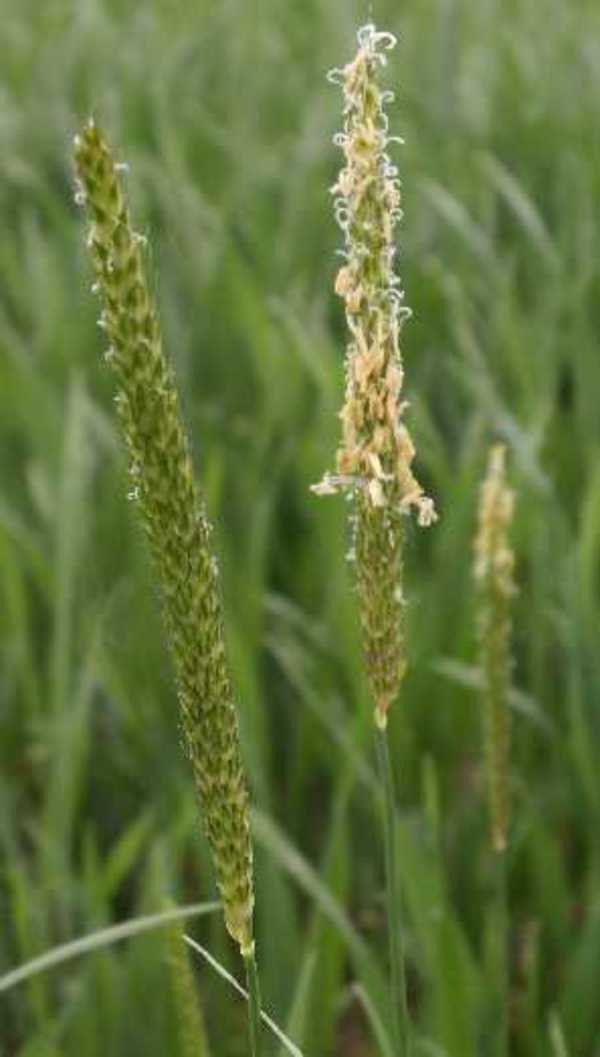Scientists and editors spend hours upon hours writing reports. This is true for all levels of science, including the applied research that may be of direct value to the farmer. So how many of these reports do you read or is it that much of this effort is potentially wasted? If there is an element of wasted time, is there a more effective way of recording the research and presenting the results?
Looking on the HGCA website there have been nearly 500 project reports written. Have you looked at any at all or do you rely on someone else to do it for you or for HGCA to come to you with the ‘messages’? Who prepares these ‘messages’: the scientists who have carried out the research or someone who is more dispassionate about the findings? I say this because scientists are naturally enthusiastic about their research and think that all their findings must be of great value to the industry.
Well, I’m as guilty as most in not even looking at the majority of the HGCA project reports. But I do read some; particularly those which cover subjects that get widespread publicity or the results of which I consider may change practice.
It is for this reason I have just read ‘HGCA Project Report 498: Dormancy in grass weeds’ (well not all of it). It covers black-grass, so I think that this comes in the category of a subject that is getting publicity rather than it being the basis for large changes in practice. This is because practice is dominated by greater issues, such as labour and machinery costs and risk management.
The report does contain some really interesting stuff - well interesting to a black-grass nerd like me! It reinforces the messages from earlier research that soil moisture status is more important than dormancy in determining time of black-grass emergence. It also supports the contention that later drilling in the autumn is more likely to be successful in low dormancy years in reducing black-grass plants emerging in the crop.
messages from earlier research that soil moisture status is more important than dormancy in determining time of black-grass emergence. It also supports the contention that later drilling in the autumn is more likely to be successful in low dormancy years in reducing black-grass plants emerging in the crop.
However, reading reports often means that individuals identify different messages to those of the authors. This year dormancy is very high; not surprising with the awful weather when the black-grass seed was ripening. This is being portrayed by some as bad news. On the other hand, this report provides data to support the previous slim evidence that high dormancy results in a significantly lower proportion of seed establishing plants in the first autumn after shedding. There is a penalty for this as high dormancy also means that a relatively high proportion of freshly shed seed being able to establish plants in the autumn of the following year. However, by that time it will have lost its dormancy and be anxious to grow quickly.
So there may be a shaft of light in the blackness that surrounds the control of this weed this coming season. The exceptional levels of dormancy this year may result in a relatively low proportion of the equally exceptional levels of seed shed this summer establishing plants. Mind you, you would be a brave person to try to control with herbicides alone the level of black-grass that may still be expected in a huge number of fields this autumn.
All I am saying is that emergence this autumn may not be as bad as might have been expected from the amount of seed that was shed this summer. This is reinforced by the fact that there may be few additional plants emerging this autumn from seed shed last year. Whilst the dormancy of last year’s seed was high the numbers shed were generally very low.
As always with biological systems there is the ‘it depends’ factor. As you know, nearly all black-grass plants are derived from seed in the top 5 cm (2 inches) of consolidated soil. So all the issues surrounding black-grass plant emergence depend on where in the topsoil the black-grass seed is located.
